I found an incredibly in-depth history of vegetarian and vegan food in Los Angeles from Eric Brightwell. Check out this part about the first vegetarian restaurant in LA:
By the late 1890s, there were devoted vegetarian restaurants in New York City, Chicago, Boston, and San Francisco — but none in Los Angeles. In 1900, associates of John Harvey Kellogg‘s Battle Creek Sanitarium opened Los Angeles’s first dedicated vegetarian restaurant on 3rd Street. Perhaps restaurant naming conventions were different back then as it was imprecisely referred to in print as both “the Vegetarian restaurant” and “the Vegetarian café.”
This article is overflowing with interesting tidbits, but it’s especially nice to be able to see actual photos and even videos of some of the restaurants — especially the Kellogg’s spot that opened up beside Angel’s Flight.
I loved the bit about raw food being called “unfired food”. And I wasn’t surprised to see the massive connection between veggie-eating with religion and cult.
And it’s fascinating to see the power of a novel and its influence on American dining:
Upton Sinclair‘s novel, The Jungle, was published in 1906. Although Sinclair hoped to The Jungle promote socialism, most readers were more affected by the descriptions of run-of-the-mill health violations, unsanitary conditions, and gruesome violence of the meatpacking industry. Sinclair noted of the reaction, “I aimed at the public’s heart, and by accident, I hit it in the stomach.” In its wake, a wave of vegetarian restaurants opened and a directory of vegetarian restaurants in the US from that year listed 57.
It’s hard to imagine anything having that kind of power today.
